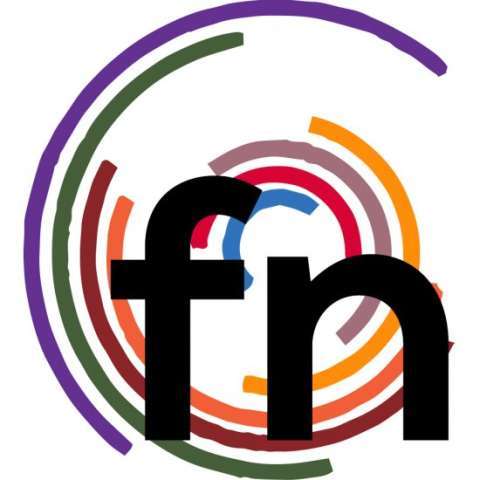Whether you are applying for a juried art festival or to be considered in a gallery show, you want to put your best foot forward and make an outstanding impression. Here's an article from our archives helping you achieve the best possible outcome as an artist applying to showcase your work at events like art fairs and craft shows.
Read the application/prospectus thoroughly and determine how your work can best match the stated premise or expectation of the juried exhibition, craft show, book, or magazine. Know your audience and speak consistently to it from images to applications.
Is the venue appropriate for your work?
A venue that has only displayed wall-hung paintings and prints may not be prepared to display jewelry or objects. An exhibition site expecting work that will be displayed outside may not even have an indoor exhibition space protected from the elements, sun, rain, or dust. Research what type of work they are prepared to handle and display.
Does your work fit within the theme?
Production work conceived and designed to be worn at the office may not be the best choice to submit to a conceptually edgy or provocative exhibition. Conversely, one-of-a-kind pieces featuring controversial or political subject matter may not be suitable for submission to a church-based craft fair. A book theme focused on 500 images to define one topic may be seeking a full spectrum from the exquisite, minimalist definition to the most outrageous or baroque, but this may not be the place to submit work that is not clearly distinguishable from the mass-produced and marketed pieces that fill the pages of glossy magazines.
Give some practical thought to the reputation of the sponsors, the location of the art events or festivals, the cost of participation, and shipping/insurance.
-
Ask your colleagues about the professional level of a juried craft show.
-
Is a particular exhibition or craft show considered to be in some way prestigious and a solid addition to your resume?
-
Is this exhibition an annual event that draws an informed audience?
-
Will the event be widely promoted, perhaps with visuals (yours?) in print?
-
Has it/will it be reviewed?
-
Are the entry fees in line with similar venues? Can you afford it?
-
Will there be an accompanying catalog?
Consider the background of each of the jurors.
Being acquainted with the interests or background of a particular juror may lead an artist or craftsperson to select specific work to submit - or perhaps decide not to submit at all. There is a good possibility that a juror was chosen specifically because of their particular professional aesthetic or expertise. The juror's known aesthetic or curatorial reputation may have actually influenced the premise or subject of the exhibition, book, or magazine. This is not to suggest that artists should in any way cater to jurors' likes and dislikes. But as they say, being forewarned is being forearmed.
On the other hand, emerging artists should apply widely.
While this may seem contradictory to the previous paragraph, it is important for those artists who are trying to establish a place and voice for themselves in the field to seize every opportunity they can. While it may be worthwhile for established artists and craftspeople to target their choice of juried venues based on experience, emerging artists are seeking to gain that experience. If you spend too much time trying to figure out which juror or venue is a good fit, you may never enter anything!
Some say that if you feel bad when you are rejected from a juried competition, then you're simply not entering enough of them. Calluses only develop in response to irritation. Save your rejection letters in a file folder (at the very back of your filing system) to prove to the I.R.S. that you are making a good faith effort to develop your art/craft business. Go back to your studio and keep working.
Questions?
Read the application/prospectus over and over before calling and asking questions of the exhibition sponsors. If you have read the entire application and still have questions about these topics, call the sponsors with your questions.
Consider whether your work can be shown to its best advantage in the planned venue. If the strength of a piece relies on function, will it be evident within a display case? Is the piece strong enough visually to exist without some indication of its function?
Not every piece can be shown successfully in every situation.
Modify your artist statement to address the theme of the exhibition, craft show, book, or magazine. Do not send a generic artist statement that describes your entire body of work. Be specific about the work submitted and make it relevant to the opportunity and the audience.
And remember, don't stop the search to find art events in your city - you never know what you will discover or where it will lead!
Article courtesy of:
https://harrieteestelberman.com



